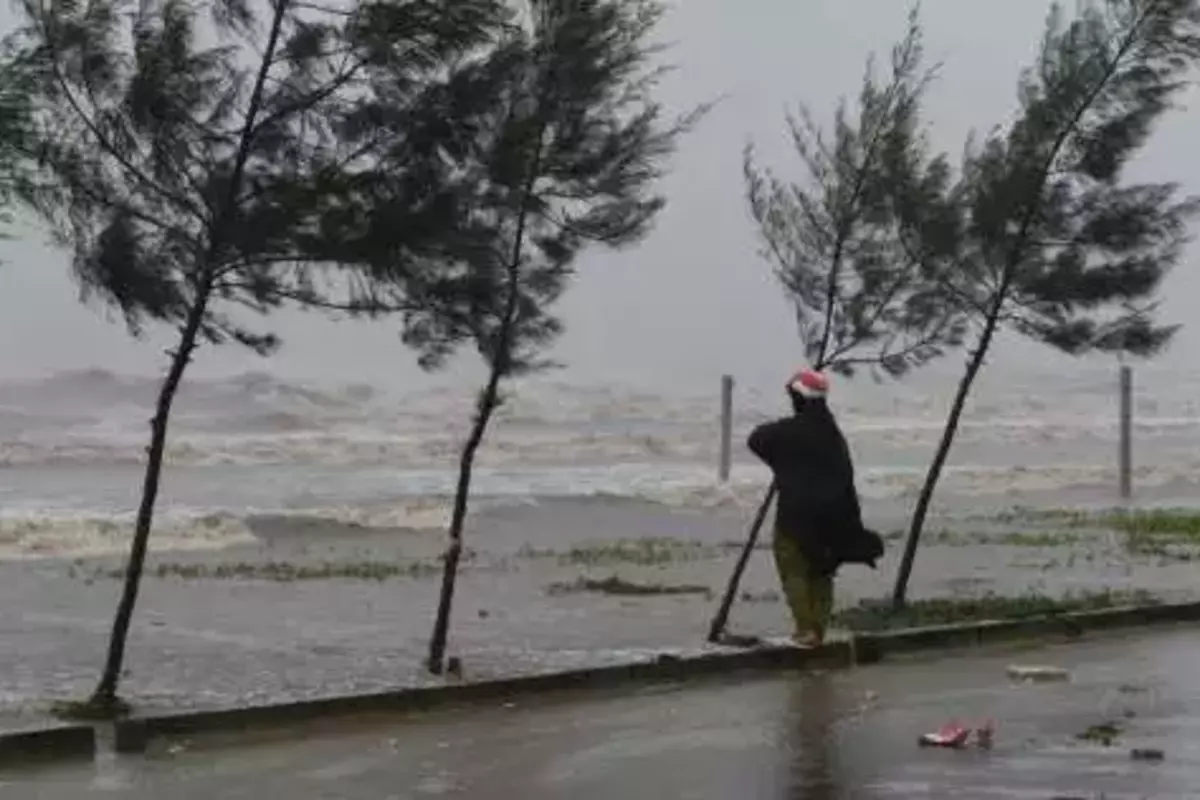
Typhoon Doksuri stormed ashore Saturday, bringing fierce gusts and torrential rain to a stretch of northern China, including the capital Beijing.
According to China’s meteorological authorities, Doksuri, which crashed into Fujian province on Friday morning with gusts of up to 175 kilometres per hour (110 miles per hour), is already being felt further north.
Beijing has issued an orange alert, the second-highest in the four-tier system, in anticipation of flooding.
Several parks, lakes, and riverfront routes in the city have been blocked as a precaution, municipal officials reported on Saturday.
They warned that the rain could cause much worse flooding than in July 2012, when 79 people were killed and tens of thousands were evacuated.
Heavy rain was reported in the city on Saturday afternoon, and it is anticipated to continue through Tuesday.
Hebei province, which is anticipating heavy rain and strong winds, has issued the highest level of alert in several places.
According to the weather agency, rainfall could top 60 centimetres (24 inches).
On Saturday, authorities in Fujian’s capital, Fuzhou, ordered citizens not to leave their houses unless absolutely essential.
The coastal province of Shandong and the megacity of Tianjin were also affected by the flood.
Doksuri was a super typhoon as it ripped over the Pacific Ocean earlier this week, but it weakened as it approached the Philippines.
At least 13 people were killed in the Philippines, where the typhoon caused landslides and floods before moving northwest to China and gradually diminishing.
Even so, it unleashed massive seas and howling winds to the country’s southeast.
This summer, China has experienced harsh weather and record temperatures, which scientists warn are being exacerbated by climate change.
Beijing and the surrounding region set temperature records in early July, with local temperatures above 40 degrees Celsius (104 degrees Fahrenheit).
Also read: A Ryanair Pilot Strike In Belgium Cancels Nearly 100 Flights
To read more such news, download Bharat Express news apps


















